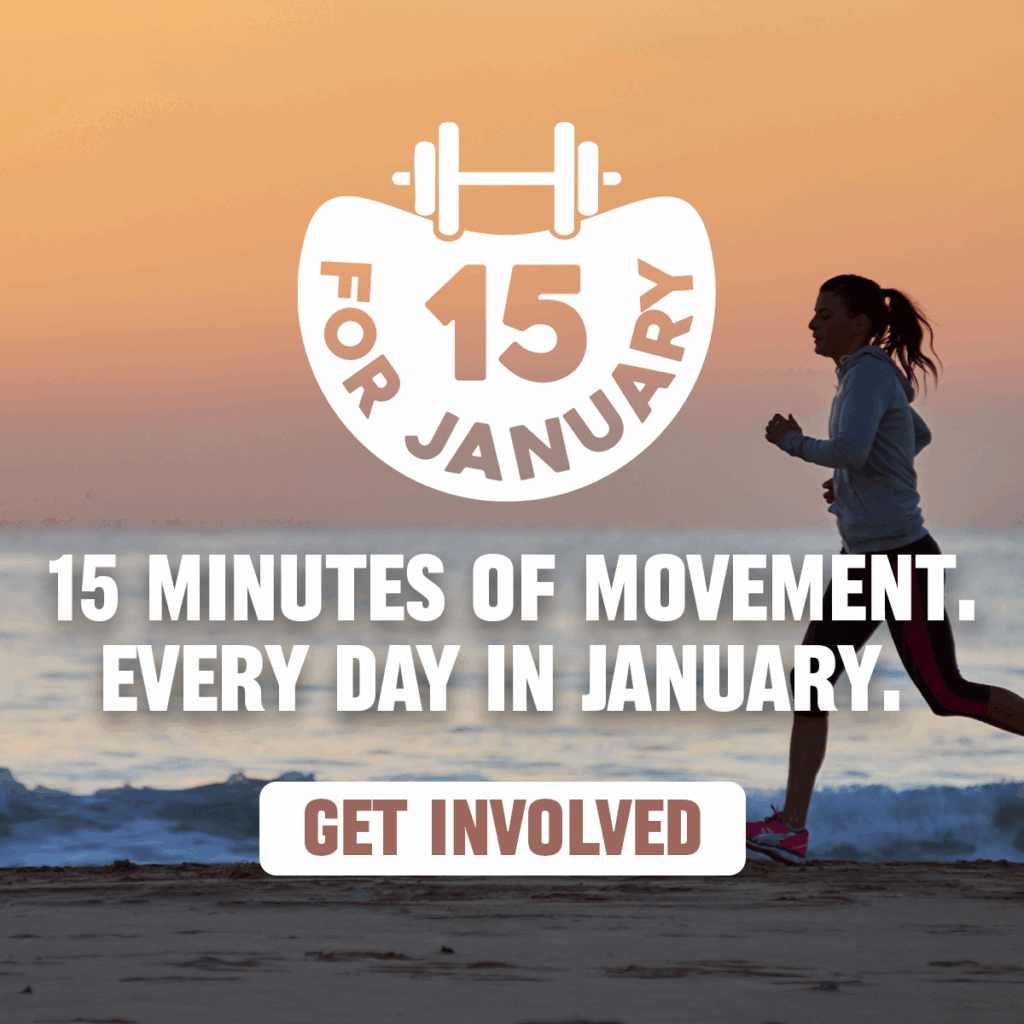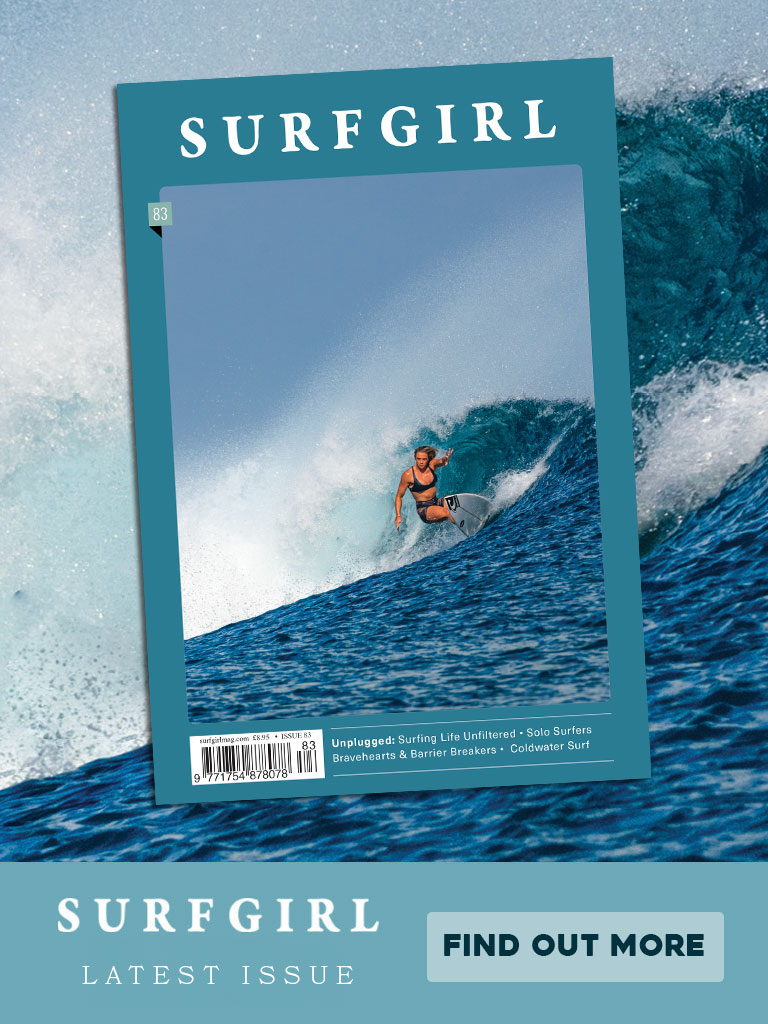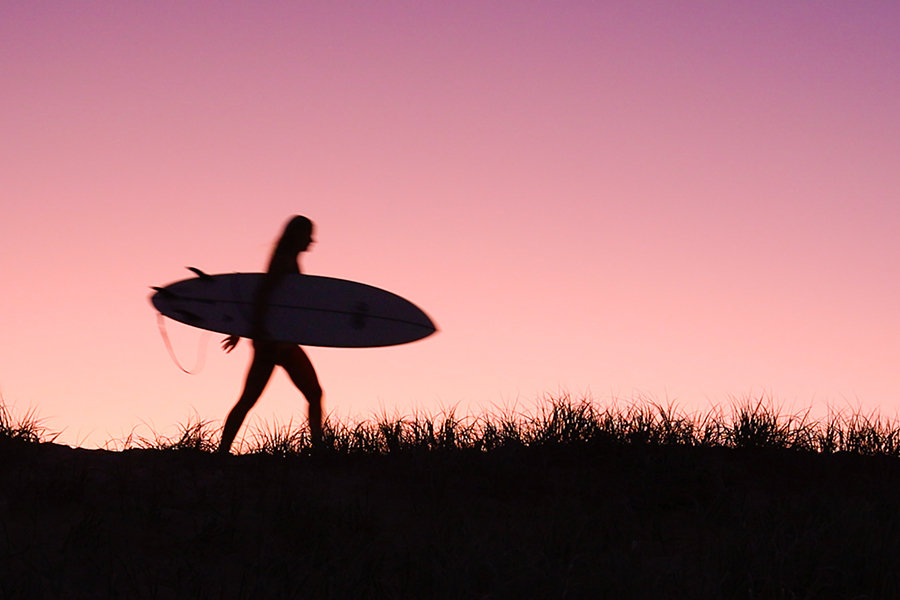
Make Way is a film about tackling the issue of male dominance and celebrating women in surfing.
Short film interview with Abby Hyndman about her film Make Way. Interview by Louise Searle.
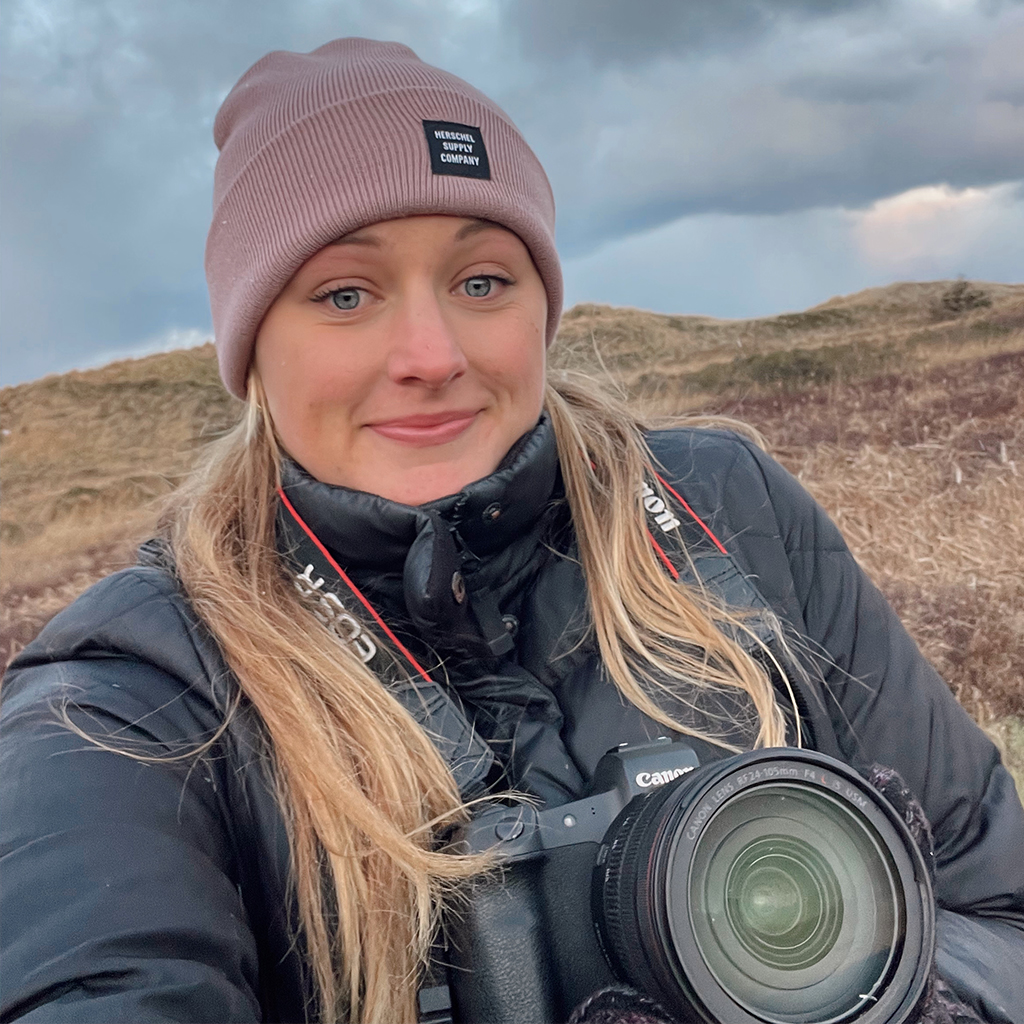
Abby, can you tell us a bit about the film?
Make Way, takes an inclusive and friendly approach to tackling the issue of male dominance and gate-keeping within the sport of surfing. Highlighting female surfers on the Gold Coast of Australia across a wide range of skill levels (from WSL competitors to complete beginners) and varying ages, shapes and sizes . The goal of this short film is to focus on the beauty of the sport while simultaneously pushing for change in surf culture’s sexist set point.
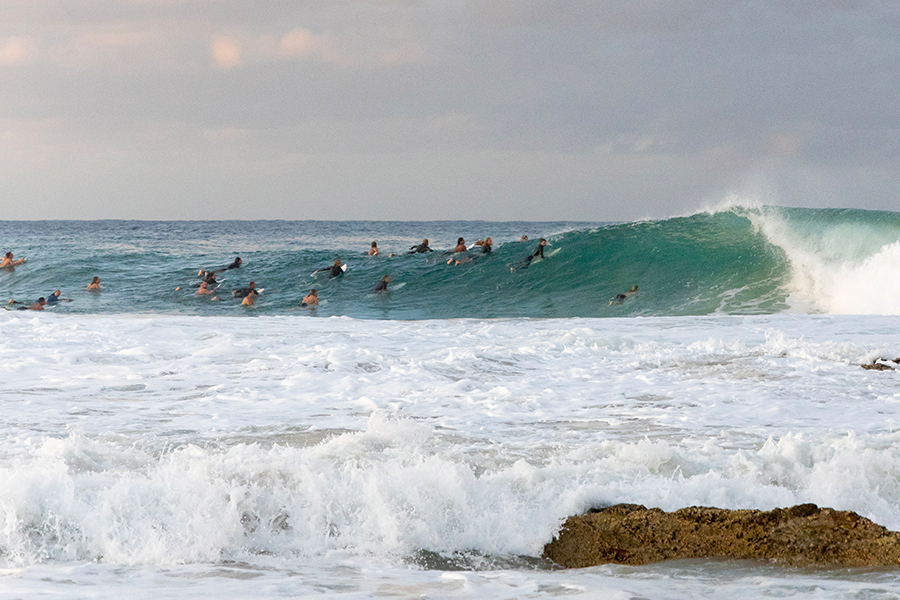
What was the inspiration behind making the film?
I grew up in Prince Edward Island on the east coast of Canada and took up surfing both at home and in Lawrencetown, Nova Scotia in my late teens and into my early twenties. The cold temperatures through the winter months and lack of consistency in swell generally keeps the crowds to a minimum around here, though I quickly noticed how outnumbered I felt as a female in the lineup.
In 2021 I moved to the Gold Coast of Australia to complete my Bachelor of Design degree… and to surf. This stretch of coastline is home to a number of world-famous breaks, but also very crowded lineups. Since surfing is embedded in Australian culture, I went to Australia with the assumption that I would easily find lots of girls to surf with. This wasn’t the case. Most times, especially at the more advanced spots, I would be one of only a handful of female surfers in a lineup of over one hundred people.
I ended up finding a couple of women’s surfing groups on Facebook and quickly connected with Eleanor, who is now my best friend and a featured surfer in Make Way. These groups were facilitating connection, friendships and surf meet-ups across the Gold Coast to make surfing a more enjoyable and less intimidating experience for girls.
The inspiration behind making this film was to both bring attention to the issues and presence of male dominance within the sport, but also to celebrate the amazing community of female surfers I met while in Australia and encourage more women to get out in the water.
Was there an experience you had with male intimidation in the surf?
Personally, I haven’t had any overly sexist or intimidating encounters with men in the surf. Sexism in recreational surfing is an interesting issue in the sense that nobody is really at fault. It is a result of women being drastically outnumbered and the way surf culture has evolved around this. It has left women on the sideline, making them feel as though they’re not welcome in the surf and that all eyes are on them. My intention in creating this film was not to point fingers or place blame, but rather to bring attention to the inequality and celebrate females in surfing. Many of my closest friends in surfing are men and it is safe to assume that most men are not intentionally excluding women from the sport. It is also a very physically demanding sport and it can be challenging, especially starting out, for women to compete shoulder to shoulder with more experienced male surfers. This discourages many women from learning to surf and contributes to the lack of numbers. It has a domino effect. In my experience, the feelings of male intimidation in the water come from this imbalance in numbers more so than sexist comments or aggressive behavior.
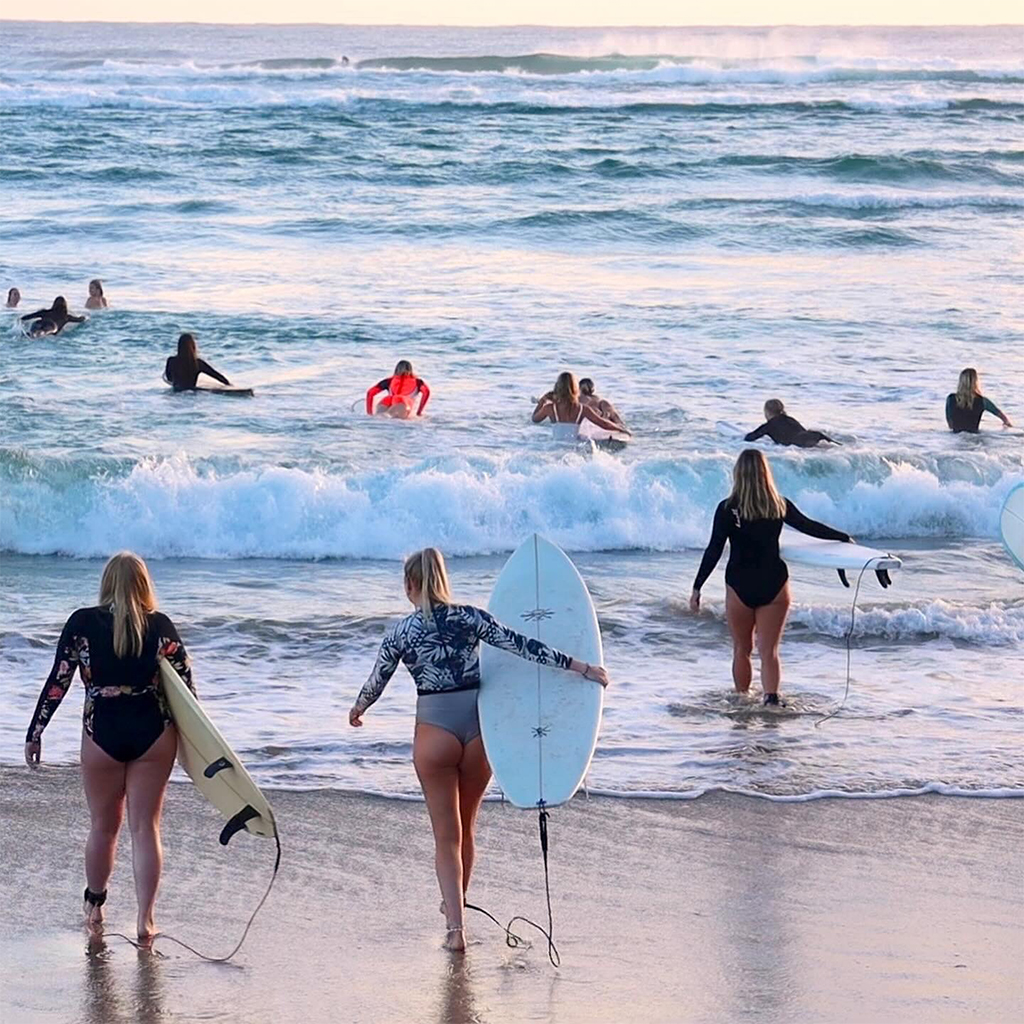
It’s a powerful topic, so how did the film resonate with male and female surfers and what did they think about it?
This story could have been told from many different angles, and I wanted to ensure it was told with a positive tone. One of the most important things to me while writing the narrative and gathering interviews, was to make sure it was resonating with male surfers as well as females. If I was not careful and clear about my intentions with sharing these stories, it could have easily missed the mark with male surfers and had the opposite effect, alienating women in the surf even further.
In order to accomplish a story that spoke to both men and women, I was doing user testing and asking for feedback throughout the whole process of compiling clips and editing my film. Through a survey as well as showing a selected audience my film at different stages of the process, I gathered feedback that helped guide the direction of my film and ensured the tone and message was resonating with my target audience.
After completing the film and releasing it to the public, I received only positive feedback and I was pleased with my audience’s reaction of feeling inspired and impressed by the women in Make Way.
From older surfers to younger ones, I loved the variety of women you chose to feature in the film. How important was it to tell their story?
It was very important to me to include a wide variety of women to share their stories. This helps drive the message that surfing is for everyone. Not only am I pushing for women to be included in surf culture, but also for women to feel welcome and celebrated no matter their age or appearance.
In order to reach a large group of women to participate in my project, I started by putting out a post on a women’s surf page on Facebook. With over one hundred women responding, I was amazed and surprised by the amount of engagement, support and interest I received from this post. In addition to this I reached out to established women’s surf groups in the Gold Coast region and planned meet ups with each of them. I started gathering interview clips and surf footage, filming both from land as well as from the water. The interviews served as a research tool, gathering women’s perspective on surf culture and backing up the aim and relevance of my project.
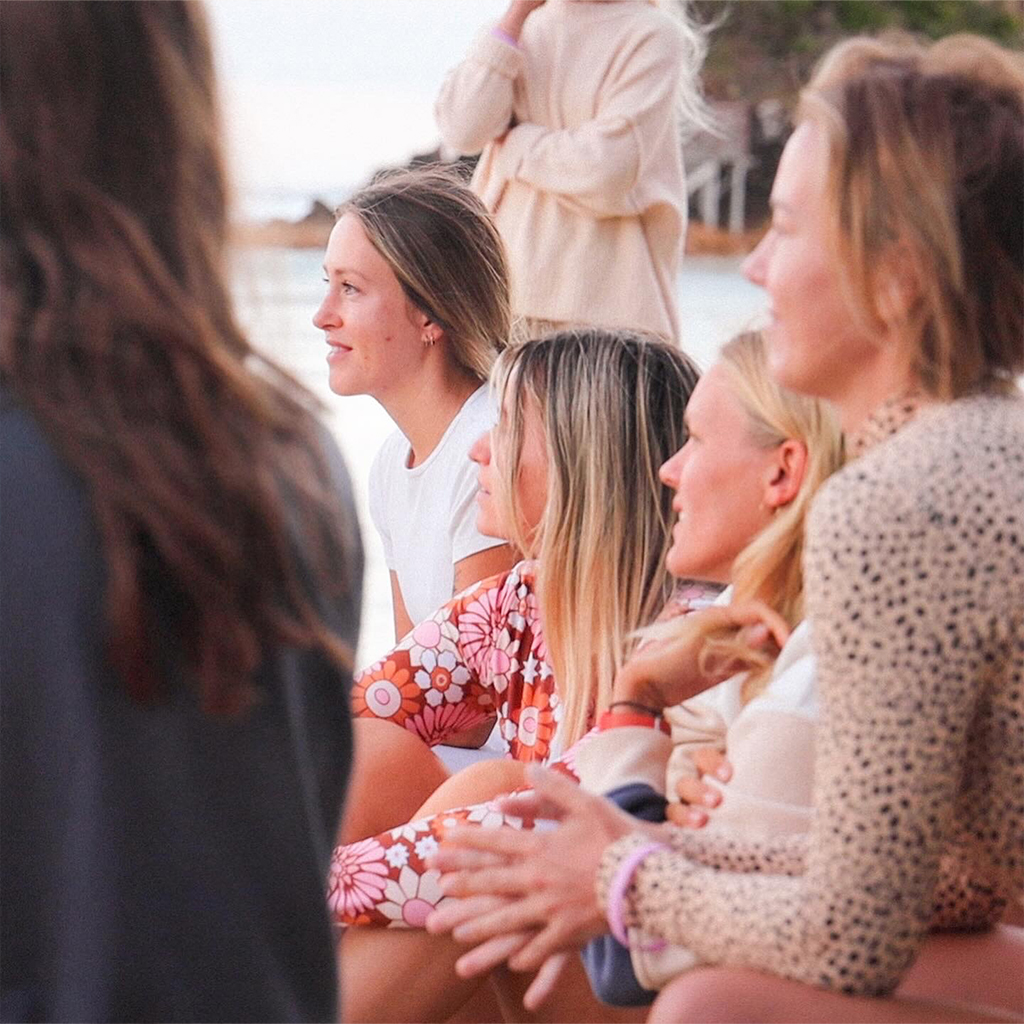
Do you feel the film has an impact on women who may be hesitant about taking up surfing?
I definitely feel as though the film has had a positive impact on women that were hesitant to try surfing, to give it a try. Some of my close friends who have never surfed before felt inspired and encouraged to get into the sport. I hope that by showing women of all ages and skill levels enjoying the positive benefits that surfing has to offer, it takes the pressure off of being perfect and creates a space to have fun in the water as a female surfer.
Do you feel that Make Way can contribute to a broader dialogue about respect and inclusion in the surf community?
I am passionate about advocating for respect and inclusion in the surf community. My vision is for surfing to be an inclusive sport wherein men and women coexist and have a sense of equal belonging in surf culture. There will be closer to equal numbers of men and women out in the lineup and no shame or negative attitude towards women in the surf. I hope that Make Way will contribute to this dialogue in a positive way and push the boundaries of what it means to be a surfer.
What has been the most rewarding part of sharing this film with others?
One of the most rewarding parts of sharing this film is seeing the positive impact it has on viewers. Even if my reach is limited, it excites me to inspire even a handful of women to get into the sport. I also hope that sharing this film gave the women featured in Make Way a platform to share their stories and grow their own personal goals and confidence in the surfing world.
Lastly, and perhaps the most rewarding part of this experience was the whole process of making the film. I made so many amazing connections with women in the surfing community and I am very grateful to the women that put their full trust in me to share our collective stories and thoughts on this complicated issue. It pushed me to dive into the issue of male-dominance in surfing, tell a clear story, consider different points of view and learn valuable skills in managing groups, conducting interviews and the technical side of filmmaking. I hope to someday create the opportunity to make another film and dive into the technical side of filmmaking with proper water-proof camera gear and continue to grow my personal skills.



